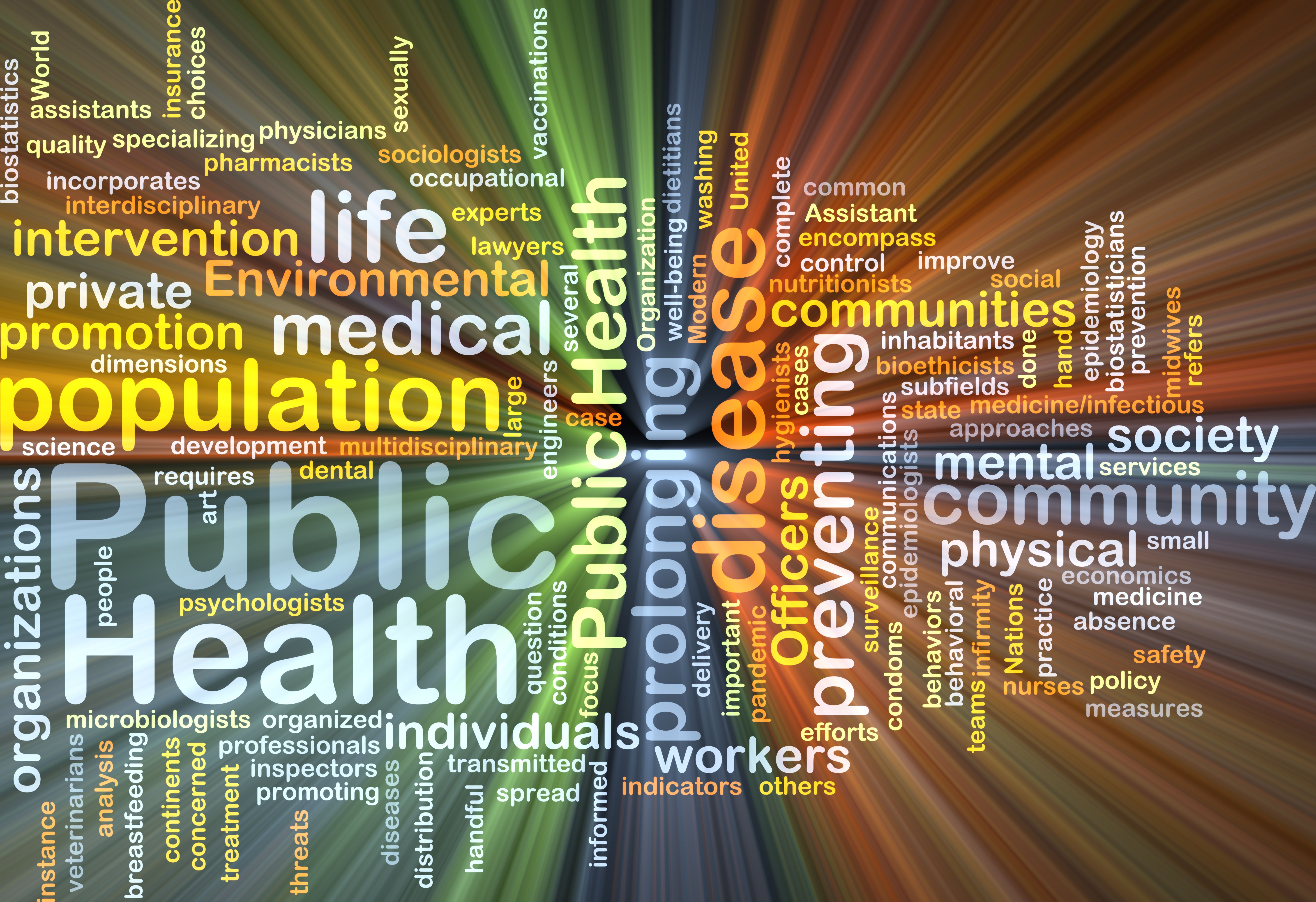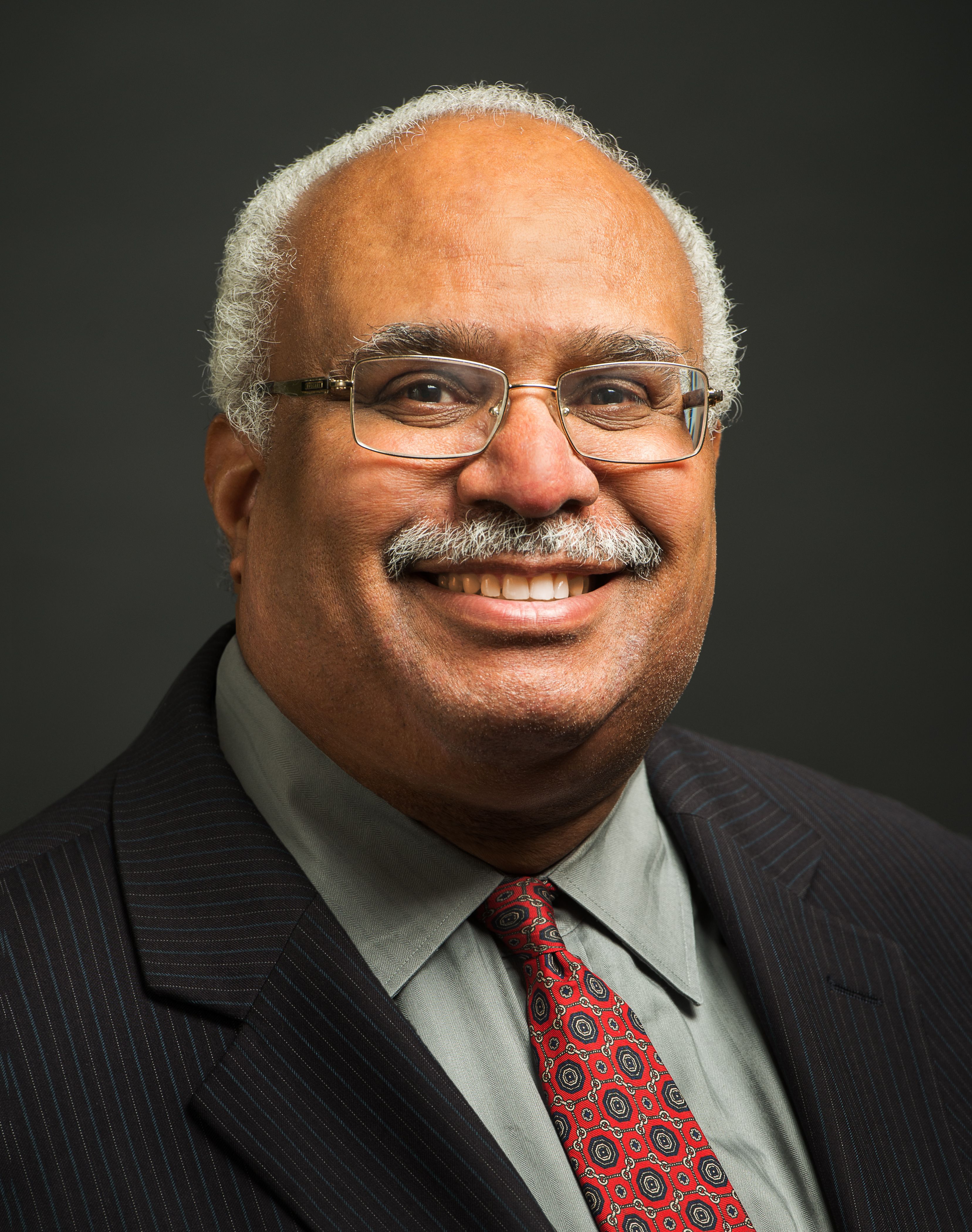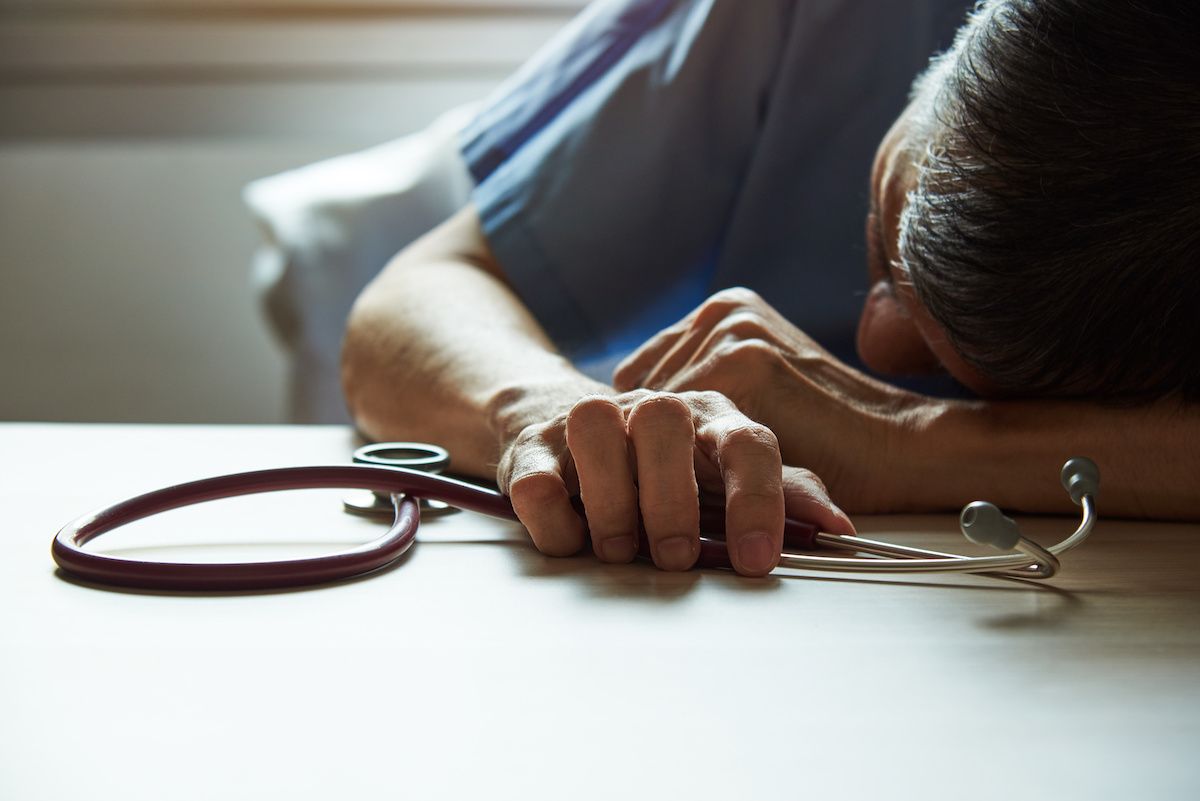News
Article
Primary care and public health – ‘We need to talk to each other’
Author(s):
American Public Health Association leader discusses legislation and a holistic view of U.S. health care.
© Kheng Guan Toh - stock.adobe.com

Patients and the nation will benefit when primary care and public health have more support – including from each other.
In late summer and autumn, Sen. Bernie Sanders (I-Vermont) and Sen. Roger Marshall, MD (R-Kansas), have led the charge for Bipartisan Primary Care and Health Workforce Act. It plans to bolster primary care by supporting community health centers and the workforce, including $300 million to add 2,000 primary care doctors by 2032. The bill has been recommended for full congressional consideration by the Senate Health, Education, Labor, and Pensions Committee.
But helping one sector of health care could hurt another one. The bill summary states it would reduce the Prevention and Public Health Fund by $980 million. That could be a setback for public health across the country, said Georges C. Benjamin, MD, executive director of the American Public Health Association.
Georges C. Benjamin, MD
American Public Health Association

“It trades off health promotion and disease prevention for acute and chronic clinical care,” Benjamin told Politico. “All we are doing is moving the money around at the expense of our public health care capacity.”
A board-certified internal medicine physician, Benjamin served as a military doctor, then pivoted to emergency medicine, then public health, leading APHA since 2002. He has been lauded for his work in all those fields.
Benjamin spoke to Medical Economics about the current dynamic between primary care and public health, and why the two must collaborate to improve health care across the United States. This interview was edited for length and clarity.
Medical Economics: Senate Bill 2840 is the Bipartisan Primary Care and Health Workforce Act. Supporters hope it will be a medical and economic booster shot for primary care in the United States. But the legislation would use almost $1 billion from the U.S. Prevention and Public Health Fund. Can you talk about what that would mean for public health programs?
Georges C. Benjamin, MD: The public health community and I think all of us are in strong support for primary care. There is no question that that is an essential part of improving the health of our nation. However, we're very concerned about how it gets paid for and the billion dollars that comes out of the Prevention Fund in our view is a misappropriation of the funding stream that was dedicated for really growing and building the public health system to the kind of system that everyone needs to have in our nation.
Medical Economics: After witnessing the effects of the COVID-19 pandemic, does the United States adequately invest in public health?
Georges C. Benjamin, MD: We spend over – what is it now? – $4 trillion on health in our nation. And we've spent maybe 4% of that dollars on public health and prevention. So, a miniscule amount is put in and that doesn't even include the primary care dollars merely that we put into the systems. We're talking about governmental public health, people that made sure the air is safe to breathe, water safe to drink and the food is safe to eat, and screenings get done and the underserved are served with good vaccination programs and things like that. So, we really underinvest in public health and we have done so for many years. And if COVID did one thing, it was to expose the weaknesses in the nation's core public health system.
Medical Economics: How would you describe the interaction or connections between primary care and public health in the United States?
Georges C. Benjamin, MD: We're the only nation in the world that that divides public health and then health care into two separate entities. The rest of the world thinks of public health or health as a cohesive entity. I think about it like the rest of the world does, that it's a continuum, from the things that we do from a societal perspective to make sure that people can be healthy, to encourage them to be healthy, all the way to the amazing things we do when we get sick. We absolutely need the stuff that we have when we get sick, when we get cancer, or we fall, we injure ourselves, or a tragic disease occurs. We need that and we're very, very good at providing the care and treating people. But it's always better to prevent it from happening in first place. To the extent that we build communities that are walkable, bikeable and green, so that people are at ideal body weight, or having access to affordable safe foods in every community, so that while the people that really want to have – because it's a great snack – high salt, high fat, low nutritious foods can do that, that they're not purposely eating those because of the absence of access to fresh fruits and vegetables. And that is what we need to refocus our efforts and what the dollars in the Public Health Prevention Fund did was worked to help us prioritize those kinds of societal changes, prevention activities, screenings on the prevention side that invigorated the nation's ability to provide good comprehensive public health in a more holistic way.
Medical Economics: In September, the association's American Journal of Public Health was titled “U.S. Life Expectancy Falling Behind.” How would you envision a way for public health leaders and primary care physicians to work together to help patients live longer?
Georges C. Benjamin, MD: Reinvigorate our partnership for one. We need to talk to each other, we need to make sure that we're sitting in the room planning good strategies to try to improve the health of the community. And those of us who are in governmental public health resource allocators, those of us in the foundation, the philanthropic community, need to work with our primary care partners to strengthen what they need. You know we are seeing far too many communities with inadequate numbers of primary care physicians, primary care nurse practitioners, physician's assistants. Primary care infrastructure in our nation, quite frankly, is falling apart. But it's going to require a comprehensive look at how to do that. That means scholarships and loan repayment programs to incentivize people to go in those communities. That means subsidies for primary care practices to make sure they can stay in communities. It means expanding Medicaid coverage to every state in the nation. You know, we have about 10 of them that have still not expanded Medicaid coverage. And they’re surprised that the rural hospitals in those communities are having problems and tragically too many of them closing. We need to, as a nation, focus on our primary care infrastructure, both in urban and the rural centers, so this is something that should be at the top of our advocacy agenda. And I can tell you that the public health community is absolutely there because we see ourselves as the chief health strategist for our communities, and strongly want to work with both the primary care community, and then even more so the critical care community as necessary because we don't have enough trauma centers in our neighborhoods. We don't have enough maternal child health centers in our neighborhoods. All of those things are essential for a comprehensive health system in any neighborhood, any country.
Medical Economics: Our main audience is primary care physicians. What would you like to say to them or what would you like them to know?
Georges C. Benjamin, MD: I would encourage every primary care physician to get to know their local health official, their state and local health officer. I would encourage the state-based primary care association to partner with their local public health association, as well as their other clinical care colleagues they partner with each and every day, because I think there is enormous opportunities for us to get together to improve the health of the nation and really move ourselves forward. We have many members of the American Public Health Association who are practicing primary care each and every day. You're always welcome to join us at apha.org to get involved in our activities. We're strong partners for the primary care community and we look forward to working with you in the future.





